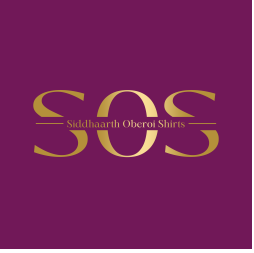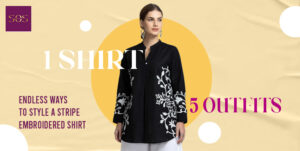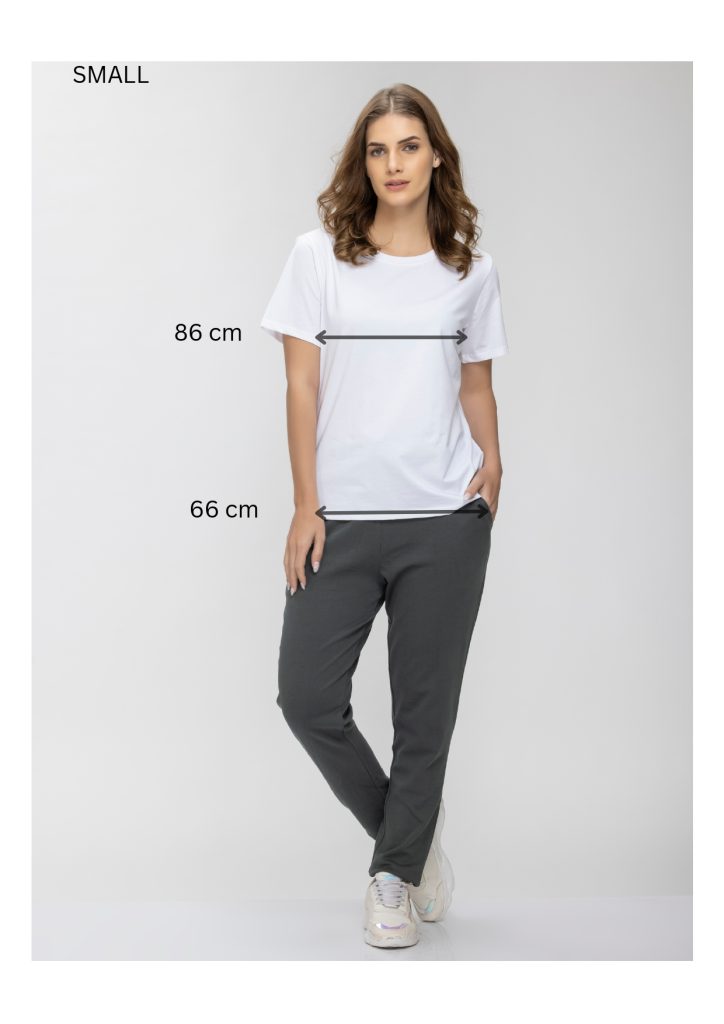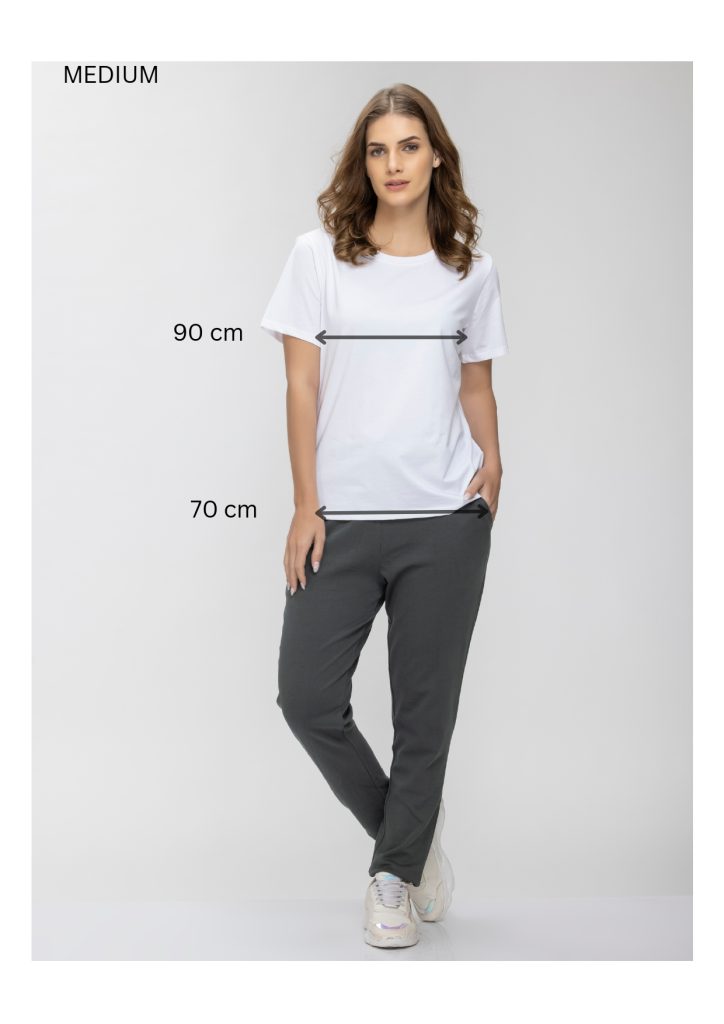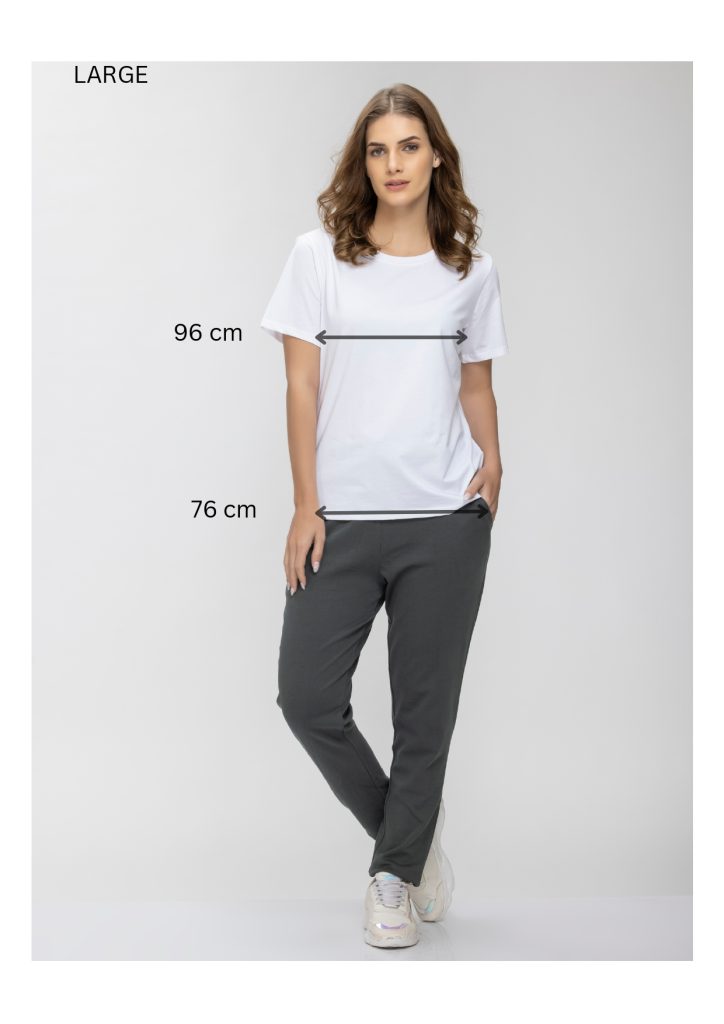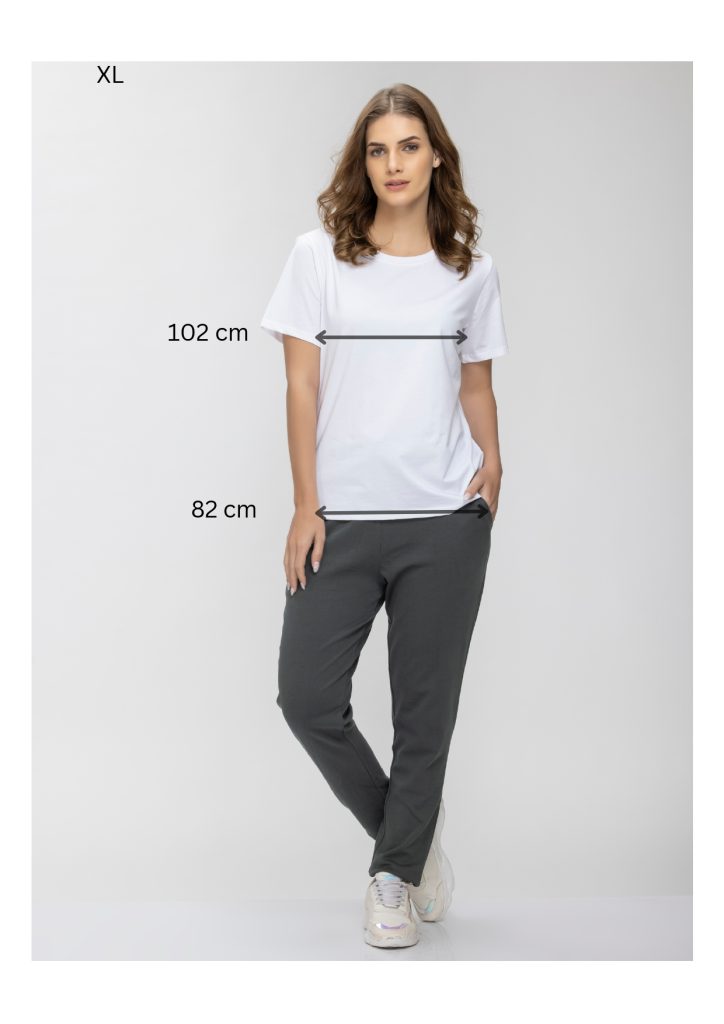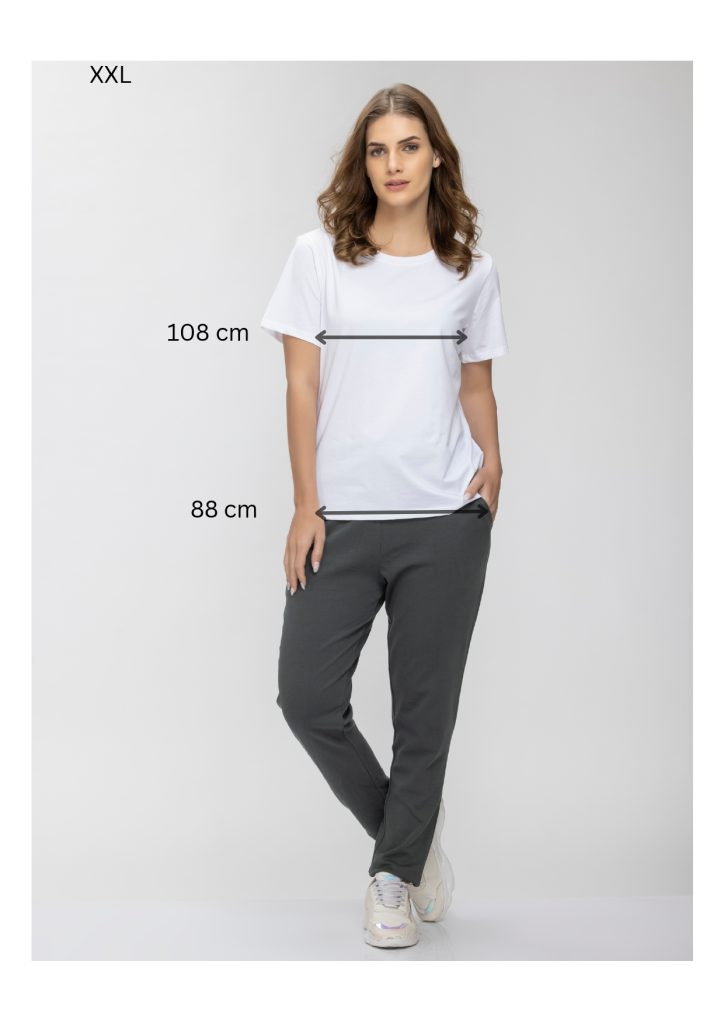Embroidery is more than a craft; it’s an art form that brings fabric and thread to life. At the heart of creating this visual language are three powerful elements: colour, texture, and pattern. These elements don’t work in isolation; they interact and complement one another to form designs that resonate deeply. Here, we’ll explore how each of these aspects contributes to embroidery aesthetics and how they come together in every carefully crafted stitch.
Colour: The Soul of Embroidery
Colour sets the emotional stage for embroidery. It’s often the first thing that catches the eye, creating a connection before a viewer even registers the details. The choice of colour palette is a thoughtful process where each hue has its own purpose and influence on the final piece.
Rather than relying on a single shade, we often layer colours to add dimension. This approach helps create depth, allowing designs to appear almost three-dimensional.
Gradients can be built by blending different tones, moving from light to dark to create shadowed effects, enhancing the life-like quality of flowers, landscapes, or abstract designs.
Unexpected colour pairings are a way to keep designs modern and engaging. Combining mustard with blush pink or deep indigo with gold adds a unique personality to the piece.
These contrasts invite viewers to linger on each section, taking in the carefully chosen combinations that create a lasting visual impression.
Texture: Adding Dimension and Tactile Richness
Texture elevates embroidery from a purely visual experience to a tactile one, adding depth and dimension that makes each piece come alive. Stitch selection, thread type, and layering all play a role in creating a unique textural experience.
The Influence of Stitch Variety
Different stitches add distinctive textures to a design. Smooth satin stitches create a polished look, while French knots or raised stem stitches add delightful pops of dimension. This variety within a single piece brings movement and encourages the viewer to explore each element up close.
Thread Type and Layering
The type of thread is key to texture—silk threads lend a glossy finish, while cotton creates a matte effect. By combining these, we can emphasise certain areas and create a balanced contrast across the design. Layering stitches or even threads of different weights within sections of the piece enhances this sense of dimension, creating a tactile richness that’s unique to embroidery.
Pattern: The Rhythm and Structure of Design
Pattern provides the structure and rhythm that guide the eye across a design. Whether inspired by nature, geometry, or abstract art, patterns bring a sense of movement and unity to each piece.
Repeating shapes or motifs creates a rhythm within the piece that feels cohesive. Floral elements, leaves, or geometric patterns add harmony and help unify the colour and texture choices.
These motifs act as anchors within the design, ensuring that even the most intricate work feels balanced and intentional.
Experimenting with scale within patterns keeps the design dynamic. Large motifs paired with smaller details create a playful contrast that holds the viewer’s attention.
A large flower next to tiny leaves, for example, creates a composition that is both intriguing and satisfying.
Bringing It All Together: Crafting a Cohesive Aesthetic
Curating a cohesive embroidery aesthetic is about the seamless blend of colour, texture, and pattern. Each element contributes its own layer, and when combined thoughtfully, they form a unified piece that speaks to the viewer on multiple levels.
Harmony often lies in balancing the bold with the understated. A vibrant colour palette may be complemented by simple patterns and smooth textures, while a complex, layered texture calls for softer, more subdued colours.
Finding this balance is key to achieving an aesthetic that feels both intentional and visually satisfying.
Every choice in colour, texture, and pattern tells a storey. Nature-inspired themes may use earthy tones and organic patterns, while a modern piece might combine minimalistic designs with striking colours.
Together, these choices form a narrative, inviting viewers to interpret and connect with each piece in their own way.
Conclusion: Embroidery as an Art of Connection
Embroidery aesthetics are curated through a delicate balance of colour, texture, and pattern, transforming fabric and thread into captivating works of art. Each element plays a role, contributing to a piece that is visually engaging, tactilely inviting, and rich in storytelling. Through thoughtful design, embroidery allows artists to create pieces that connect emotionally, weaving storeys that speak through every stitch.
